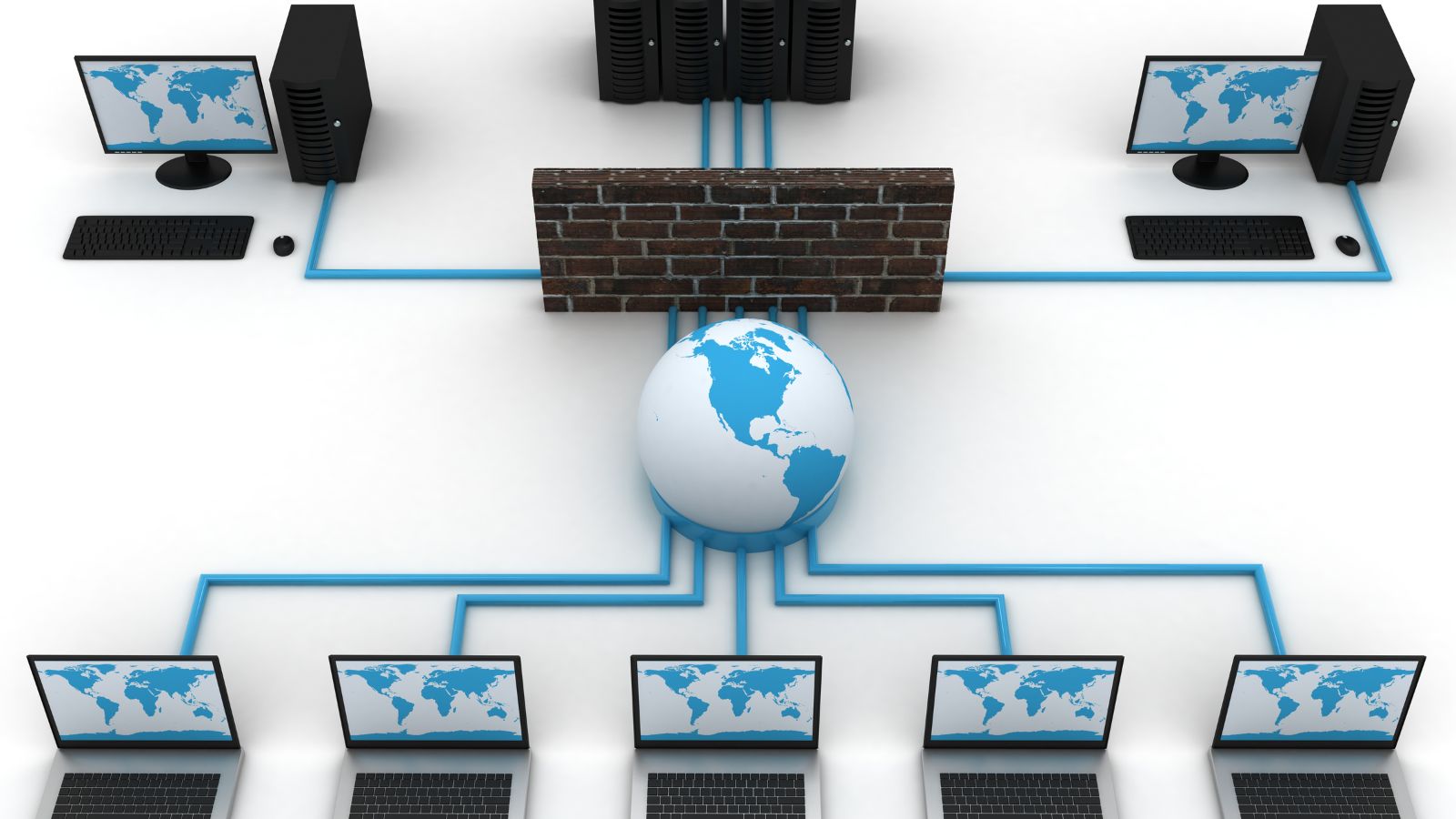1.4 Network Security
Explore the threats and prevention methods for computer networks.
Overview
This topic covers common threats to networks—such as malware, phishing, and DDoS—and the tools and techniques used to prevent them, including firewalls, encryption, authentication, and secure policies.
Detailed Content
Threats
- Malware: Viruses, worms, trojans, ransomware.
- Phishing: Attempts to obtain sensitive information by disguising as a trustworthy entity.
- DDoS: Overwhelming a system with traffic from multiple sources.
Prevention Methods
- Firewalls: Monitor and control network traffic.
- Encryption: Encode data to protect from unauthorized access.
- Authentication: Verifies the identity of users.
Network Policies
- Password policies: Ensure secure passwords.
- Acceptable use: Define appropriate usage guidelines.
- Backup policies: Ensure data recovery and business continuity.
Encryption
- Symmetric: Same key for encryption and decryption.
- Asymmetric: Public and private key pairs.
- SSL/TLS: Secure network communication.
Social Engineering
- Phishing emails: Deceptive emails for data theft.
- Baiting: Luring users with enticing offers or links.
- Pretexting: Fake scenarios to trick users into revealing information.
Diagram

Figure: Overview of network security threats and countermeasures.
Interactive Card Sort
Match the threats to their prevention methods!
Exam Prep Quiz
1. What is malware? [2]
Malware refers to malicious software designed to disrupt, damage, or gain unauthorized access to systems.
2. Describe how phishing works. [3]
Phishing involves tricking users into revealing sensitive information (e.g., passwords) by posing as a trustworthy entity.
3. How do firewalls and encryption help secure a network? [4]
Firewalls monitor and filter network traffic, while encryption scrambles data so only authorized parties can read it.
4. Explain the purpose of network policies. [3]
Network policies govern user behavior, set standards for data handling, and ensure backups and secure passwords.